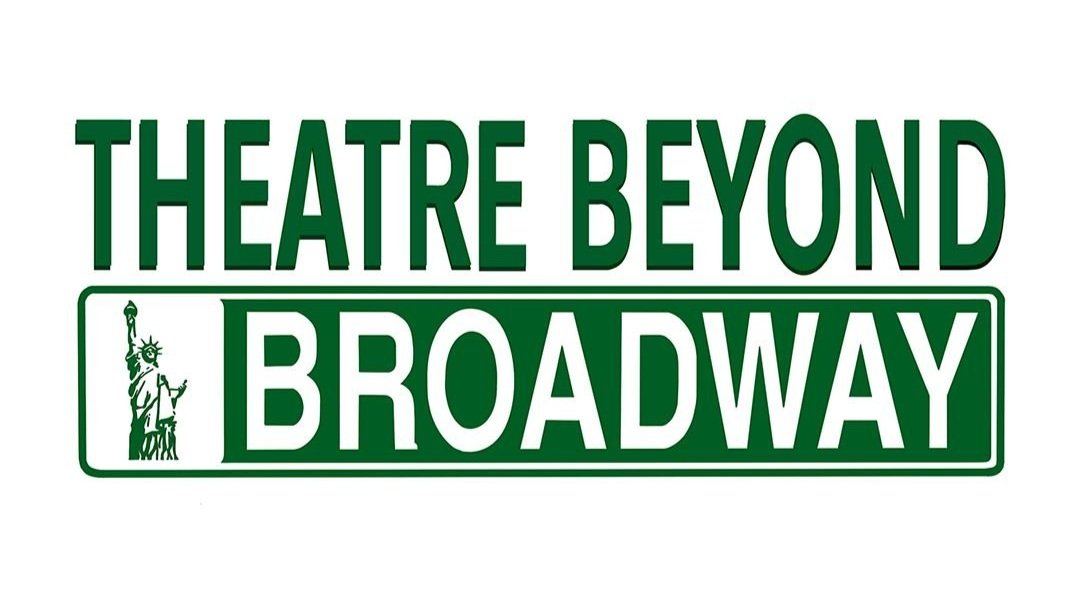hidden
Written and Directed by Marc Weiner
Presented by the Playwright’s Gate at the 36th Street Theatre
May 11th - May 28th 2023
Jewish culture has a rich history of storytelling. The celebration of Passover is marked by a seder in which the story of the exodus from Egypt is told. It’s an oral tradition passed down for generations. Many of the greatest playwrights of the last 100 years have been Jewish: Mel Brooks, Oscar Hammerstein, Harold Pinter, Aaron Sorkin and Tom Stoppard to name a few. Not to mention countless television and film artists. In fact, it’s the subject of the 1988 non-fiction An Empire of Their Own and a production number in Spamalot.
Hidden tells the story of two Polish families, one Jewish and one Catholic, during and after WWII. Two Columbia University students meet when a campus protest of the VietNam War turns violent. While David Epstein (Michael Loprestone) has been raised on the story of his family, Nina Rezki (Eileen Sugameli) is completely in the dark. Neither knows the connection between their families, but their fathers do.
When Television started out, it was shot like a stage play – one set, one camera, one angle. You saw the entire set, the same way you look at the stage. As the medium evolved, multiple cameras and editing made it easy to increase the number of scenes and locations. Plays have tried to follow suit - not always successfully. Yes, it’s easy to accomplish, even in a production focused on realism, if you’re throwing money at it. But for simpler productions, it’s hard to marry realism with constant set changes. The set of Hidden is rudimentary at best – which would be 100% fine if it weren’t so cumbersome for the actors performing on it. I’m sure with some ingenuity, the heavy, black diner chairs and small plastic folding table could be exchanged for cubes that the actors can leave in place throughout the show, or at most, move minimally.
Watching the actors frantically move items in half-light between scenes, when constantly jumping locations just drags down the pace of the show. And while a sound designer is credited (for one gun shot?), there’s nothing done to cover the changes, move through time periods or set the tone.
To be clear, while the story is engaging, something must be done to cut the running time of the show. The number of scenes before intermission felt endless. The distraction of props that were being half used - full wine bottles we pretend to pour into plastic glasses that have no weight, set on a tablecloth at least 2x too big for the folding table draped too much on one side so we become frightened that one careless gesture could send the whole thing toppling over steals focus from a very smartly written scene showing the two families sitting down to dinner. Why have plates, knives and forks, when no one even pretends to eat? Save the realism for later productions. No one in your audience will mind losing the chairs and the props, if it means shaving time off, focusing on the scene work and telling the story.
A clear example of this is the work of Emily Blake. Ms. Blake plays several roles alternating between them with nothing more than her voice, accent and use of a few scarves. She is clear, and engaging in each role. We don’t need more from her to convey the story. If each character/actor could be freed of set changes and the props, I’m sure we’d see this production come alive in new ways.
The old adage, “Less is More” applies to this show. There is a really interesting story to be told in Hidden. And with some adjustments, it could be revealed in this production.
Reviewed by Nicole Jesson.
Published by Theatre Beyond Broadway on May 17, 2023. All Rights Reserved.
